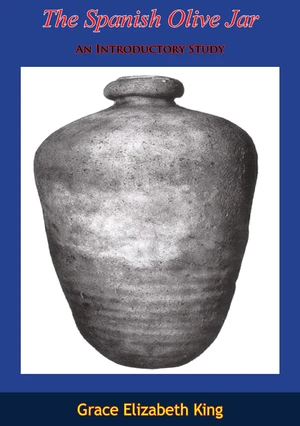FROM the earliest days of the Colonial period until Republican times, the Spanish New World was supplied with much of its necessities by the mother country. This resulted in the development of a complex export industry centered around the annual fleet sent from either Seville or Cadiz. Furthermore, the monopoly retained by Spain from time to time of certain products, such as olive oil and wine, meant that these would be part of the cargo of every fleet. Examining the meager available data of such shipping, we find references to various types of liquid containers such as wooden casks and leather bags, as well as botijuelas. This last container is the pottery vessel, here called the olive jar, represented by thousands of pottery sherds and occasional whole vessels wherever the Spanish stopped. With a little practice the archeologist can readily recognize sherds of this distinctive pottery. Moreover, as a result of a research program carried out for the last ten years in the Caribbean area, it is possible to demonstrate changes in the styles of these vessels, which make them useful as chronological markers for the archeologist and historian. The present study represents an initial contribution to the study of the olive jar, outlining major styles and indicating their time range. Although it does not completely define all minor details of this ware, some of these will be brought out in more intensive later studies of individual archeological sites. This study is based on field and museum research centered in the Caribbean and extending from Venezuela to Florida and Puerto Rico to Mexico. The program was oriented toward a broad study of Spanish material culture, but was focused on majolica pottery. The Spanish olive jar discussed here was a major secondary area of attention.
Historia cen
10 lis 2022
0,87 €

